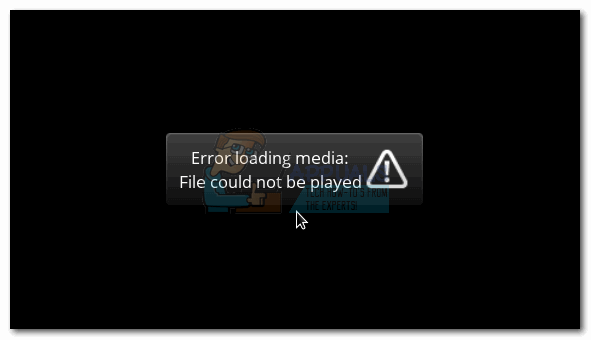

* showing status field messages during playback * sound file support (though audio-only Quicktime can be substituted) The final two elements are actually features of the former Hypervideo Initializer which have been subsumed into the new authoring tool The most notable functions supported by the runtime but missing from MediaLoom are listed below It is hoped that future versions of MediaLoom will support this functionality. * project information (authors, copyright, URL) * project runtime settings (fonts, file locations, etc.) * playback mode: reverse, paused, 2x speed, mute * video-to-video linking with mm:ss granularity (with link naming)

The design of MediaLoom was constrained in a number of ways Since functional interoperability with the Hypervideo Engine was an essential design concern, MediaLoom set out to offer visual means of creating the textual script files In addition, MediaLoom had to be able to read old manually-generated script files for further editing in the graphical environment Thus the interface and functionality had to be reverse-engineered from the existing Hypervideo Engine Operations not supported by the runtime could not be built into the MediaLoom tool without being rendered inactive or grayed-out Initially MediaLoom was meant to give access to every aspect of the Hypervideo Engine’s runtime features In the end, time constraints and programming problems forced an essential subset of runtime functionality to be chosen and implemented This subset includes:

Much of the information contained herein may have changed since posting. This question was answered on August 25, 2004.


 0 kommentar(er)
0 kommentar(er)
